Home>Dining>Tableware>Where Does The Spoon Go In A Table Setting?
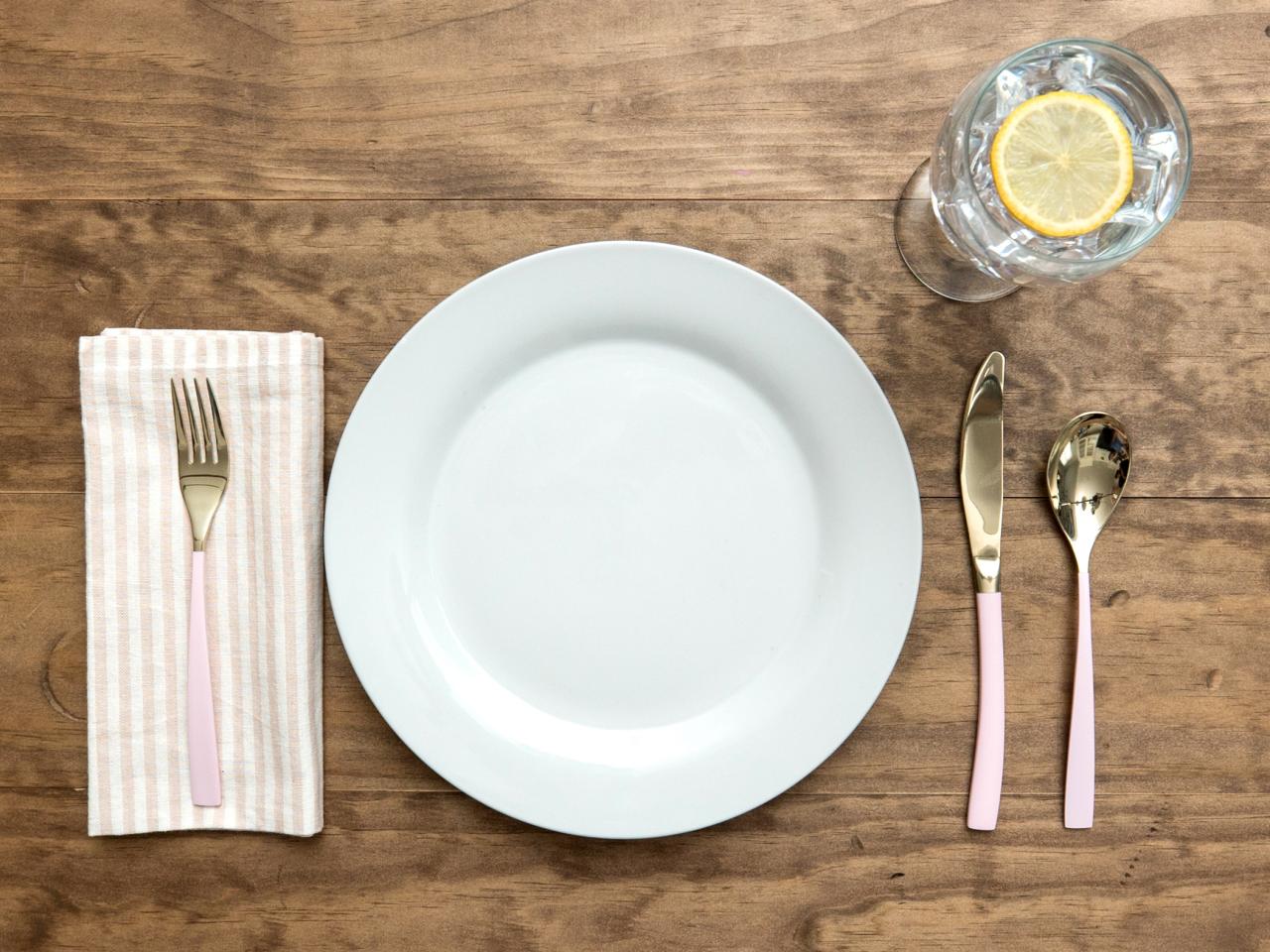

Tableware
Where Does The Spoon Go In A Table Setting?
Modified: August 28, 2024
Discover the proper placement of tableware in a table setting. Learn where the spoon goes and other essential tips for setting the perfect table.
(Many of the links in this article redirect to a specific reviewed product. Your purchase of these products through affiliate links helps to generate commission for Storables.com, at no extra cost. Learn more)
Introduction
Table setting is an essential element of any dining experience. It not only provides a visually pleasing arrangement but also sets the tone for the occasion. From formal dinners to casual gatherings, a well-set table reflects the host’s attention to detail and creates a welcoming atmosphere for guests. Within the realm of table setting, each utensil has its designated place, including the spoon.
In this article, we will explore the placement of the spoon in a table setting, both in traditional and modern contexts. Whether you’re hosting a formal dinner party or setting up a casual family meal, understanding the correct placement of the spoon adds an elegant touch to the overall aesthetic and ensures a seamless dining experience.
So, let’s dive in and discover where the spoon goes in a table setting.
Key Takeaways:
- The placement of the spoon in a table setting is crucial for both functionality and aesthetics, reflecting the host’s attention to detail and creating a welcoming atmosphere for guests. Whether traditional or modern, the spoon’s position enhances the overall dining experience.
- Understanding the proper placement of the spoon in formal and informal table settings is essential for creating a visually appealing and functional dining arrangement. It adds a touch of elegance and ensures a seamless dining experience for guests, showcasing the host’s hospitality and creativity.
Read more: Where Does The Dessert Plate Go?
The Importance of Table Setting
Table setting is more than just arranging cutlery and dinnerware in an orderly fashion; it is a form of art that enhances the dining experience. Proper table setting helps to create a welcoming ambiance, sets the tone for the meal, and ensures everything is organized and within reach.
One of the primary purposes of table setting is to provide practicality and convenience. By placing the necessary utensils, such as the spoon, in their designated spots, guests know exactly where to find them. This eliminates confusion and allows diners to focus on the conversation and meal at hand.
Table setting also reflects the host’s attention to detail and consideration for their guests. A well-set table shows that effort has been put into creating a delightful dining experience. It sets a positive impression and makes guests feel valued and cared for.
Additionally, table setting plays a significant role in differentiating between formal and informal occasions. The arrangement of utensils and tableware can convey the level of formality and elegance expected from the event. From elegant dinner parties to casual family gatherings, the table setting helps to set the mood and create the desired atmosphere.
The proper placement of the spoon is essential in any table setting arrangement as it is one of the most commonly used utensils. Whether it is for soup, dessert, or even stirring beverages, the spoon holds a prominent place in the culinary experience. Thus, knowing where the spoon goes ensures its accessibility and adds a touch of aesthetic appeal to the overall table arrangement.
In the next sections, we will explore the different placements of the spoon in both traditional and modern table settings, providing you with a comprehensive understanding of where to position this versatile utensil.
Basic Table Setting
Before diving into the specific placement of the spoon, let’s first understand the basic table setting. The basic table setting consists of essential items that are commonly used for casual and informal meals.
The basic table setting includes:
- Plate: The plate is placed in the center of the setting, serving as the foundation for the meal. It is positioned directly in front of the chair.
- Fork: The fork is placed on the left side of the plate. If multiple forks are used, the smaller fork is placed on the outer side, while the larger fork is placed closest to the plate.
- Knife: The knife is placed on the right side of the plate, with the blade facing the plate.
- Spoon: The spoon is placed to the right of the knife.
- Glasses: Glasses are placed above the knife, to the right of the plate. Water glasses are typically placed closest to the plate, followed by wine glasses, if applicable.
- Napkin: The napkin can be placed either on the left side of the plate or folded neatly on the plate itself.
Now that we have the basic table setting in mind, let’s explore the specific placement of the spoon.
Placement of the Spoon
The placement of the spoon in a table setting is crucial for both functional and aesthetic reasons. It ensures that the spoon is easily accessible to guests and contributes to the overall visual balance of the table arrangement.
Traditionally, the spoon is placed to the right of the knife in a table setting. This follows the classic European dining etiquette, where the knife represents the main course and is positioned closest to the plate, while the spoon represents soups, desserts, and other liquid or semi-liquid dishes.
In modern table settings, the placement of the spoon can vary depending on the specific occasion, cultural customs, and personal preferences. Here are a few common placements of the spoon:
- To the Right of the Knife: This is the traditional placement of the spoon and is suitable for both formal and informal table settings. The spoon is aligned with the knife, forming a cohesive arrangement.
- Above the Plate: In some formal table settings, particularly when multiple utensils are used, the spoon may be placed horizontally above the plate, parallel to the table edge. This placement is often seen in fine dining establishments and adds an elegant touch.
- To the Left of the Fork: In certain cultural settings or for specific courses, the spoon may be placed to the left of the fork. This placement is commonly seen in Asian dining etiquette, where the spoon is used for rice or as a serving utensil.
- At the Top: For buffet-style meals or self-service settings, the spoon can be placed in a separate container at the top of the food display. This allows guests to easily serve themselves without disrupting the table setting.
Ultimately, the decision on where to place the spoon depends on the occasion, personal preferences, and cultural customs. It’s important to consider the overall aesthetic balance and functionality of the table setting while ensuring that the placement is convenient for the guests to access their utensils.
Next, let’s explore the specific placements of the spoon in formal and informal table settings.
Traditional Placement of the Spoon
In traditional table settings, the spoon is typically placed to the right of the knife. This placement follows the longstanding European dining etiquette, where the knife represents the main course and is positioned closest to the plate, while the spoon is designated for soups, desserts, and other liquid or semi-liquid dishes.
Here are the key aspects of the traditional placement of the spoon:
- Position: The spoon is aligned with the knife, forming a horizontal arrangement on the right side of the plate.
- Orientation: The spoon’s bowl faces upward, towards the top of the table setting.
- Balance and Symmetry: The placement of the spoon contributes to the overall visual balance of the table setting. By aligning the spoon with the knife, it creates a harmonious and cohesive arrangement.
The traditional placement of the spoon is suitable for various occasions, from formal dinners to informal gatherings. It is a widely recognized and accepted configuration that ensures guests can easily locate and use the spoon when necessary.
However, it’s important to note that table setting customs can vary across cultures and individual preferences. In certain cultural settings or for specific courses, the spoon may be placed to the left of the fork or have alternative placements, as we will explore in the next section.
Now that we’ve covered the traditional placement of the spoon, let’s move on to the modern placement options.
The spoon goes to the right of the knife in a table setting. Remember the rule “S” for spoon and “R” for right.
Read more: Where Does The Fork Go In A Place Setting?
Modern Placement of the Spoon
In modern table settings, there is more flexibility in the placement of the spoon compared to the traditional arrangement. The placement can vary depending on the occasion, cultural customs, and personal preferences. Here are a few common modern placements of the spoon:
- To the Right of the Knife: This is a popular and versatile placement that follows the classic European dining etiquette. The spoon is positioned to the right of the knife, maintaining a cohesive and balanced arrangement. It is suitable for both formal and informal table settings.
- Above the Plate: In some formal settings, particularly when multiple utensils are used, the spoon may be placed horizontally above the plate, parallel to the table edge. This placement adds an elegant touch to the table setting, creating a visually pleasing arrangement.
- To the Left of the Fork: In certain cultural settings or for specific courses, the placement of utensils is an important aspect of table etiquette. The fork placement in table settings often varies; for example, in Asian dining etiquette, the spoon is sometimes placed to the left of the fork. This arrangement is particularly common when the spoon is used for rice or as a serving utensil. It reflects cultural traditions and ensures that each utensil, especially the fork, is easily accessible for its intended use.
- At the Top: For buffet-style meals or self-service settings, the spoon can be placed in a separate container or holder at the top of the food display. This allows guests to easily serve themselves without disrupting the table setting. It provides convenience and encourages a smooth flow of the dining experience.
When deciding on the modern placement of the spoon, it’s crucial to consider the overall aesthetic balance, functionality, and the specific requirements of the occasion. Experimenting with different placements can add a touch of creativity and personalization to the table setting.
Remember, the placement of the spoon should not only be visually appealing but also practical for the guests to easily access their utensils during the meal.
Now that we’ve explored the traditional and modern placements of the spoon, let’s move on to understanding table settings in formal and informal dining contexts.
Formal Table Setting
A formal table setting is typically used for special occasions, elegant dinners, or formal gatherings. It requires a more intricate and elaborate arrangement compared to casual or informal table settings. Here’s a breakdown of a formal table setting:
- Charger Plate: A charger plate, also known as a service plate, is placed at the center of the setting. It serves as a decorative base for the other dinnerware and is removed before the main course is served.
- Dinner Plate: The dinner plate is placed on top of the charger plate. It is the main plate for the meal.
- Salad Plate: If a salad is being served as a separate course, a smaller salad plate is positioned on top of the dinner plate.
- Soup Bowl and Saucer: If soup is being served, the soup bowl is placed on top of the dinner plate, with the soup spoon to the right of the bowl. The saucer is placed underneath the bowl.
- Utensils: Multiple forks, knives, and spoons may be used in a formal table setting. They are arranged in the order in which they will be used, from the outside in. The spoon is typically placed to the right of the knife.
- Glasses: A water glass is placed above the knife, to the right of the plate. Additional glasses, such as wine or champagne glasses, may be arranged to the right of the water glass.
- Napkin: The napkin can be placed on the charger plate or to the left of the forks. It may be folded in an intricate design or placed in a napkin ring.
A formal table setting exudes elegance and sophistication. The intricate arrangement of the tableware and utensils reflects the attention to detail and creates a refined dining experience.
It’s important to note that formal table settings can vary based on cultural traditions and individual preferences. The specific placement may differ slightly, but the overall objective is to create a visually stunning table arrangement that complements the formal atmosphere.
Next, let’s explore the setup for an informal table setting, which is more commonly used for everyday dining or casual gatherings.
Informal Table Setting
An informal table setting is more relaxed and casual compared to a formal table setting. It is commonly used for everyday dining, family meals, and casual gatherings. Here’s a breakdown of an informal table setting:
- Plate: The plate is placed at the center of the setting, serving as the foundation for the meal. It is positioned directly in front of the chair.
- Fork and Knife: A single set of fork and knife is typically used. The fork is placed on the left side of the plate, while the knife is placed on the right side. The knife’s blade faces inward towards the plate.
- Spoon: The spoon is placed to the right of the knife.
- Glasses: A water glass is placed above the knife, to the right of the plate. Additional glasses, such as wine or beverage glasses, may be added based on personal preference.
- Napkin: The napkin can be placed on the plate or to the left of the forks. It is usually folded in a simple design or placed in a napkin ring.
An informal table setting provides a comfortable and welcoming atmosphere for casual dining experiences. It is more straightforward and less intricate compared to a formal setting, allowing for a relaxed and enjoyable meal.
While the placement of utensils and glasses may be simplified in an informal table setting, it’s still important to maintain a sense of balance and visual appeal. The key is to ensure that everything is within reach and easily accessible for a seamless dining experience.
Now that we’ve explored both formal and informal table settings, you have a comprehensive understanding of how to set the table for various occasions. Remember, the placement of the spoon, whether traditional or modern, plays a vital role in both functionality and aesthetics.
So, go ahead and impress your guests with a beautifully set table that showcases your attention to detail and creates a welcoming ambiance for every meal.
Conclusion
Table setting is an art form that enhances the dining experience and sets the tone for any occasion. Understanding the correct placement of utensils, including the spoon, is essential for creating a visually appealing and functional table arrangement.
In this article, we explored the importance of table setting and how it reflects the host’s attention to detail and consideration for the guests. The proper placement of the spoon ensures its accessibility and adds a touch of elegance to the overall table setting.
We discussed the traditional placement of the spoon to the right of the knife in a table setting, following classic European dining etiquette. However, we also explored modern placements that provide flexibility and allow for personalization based on cultural customs and personal preferences.
Furthermore, we examined the setup for both formal and informal table settings. Formal table settings showcase an intricate arrangement of charger plates, multiple utensils, and various glasses, while informal table settings offer a more relaxed and simplified arrangement for everyday dining.
Whether you’re hosting a formal dinner party or enjoying a casual family meal, understanding the proper placement of the spoon adds a sense of sophistication and ensures a seamless dining experience for your guests.
So, the next time you set the table, take a moment to consider the placement of the spoon, aligning it with the overall aesthetic and functionality of the table setting. Impress your guests with your attention to detail and create a warm and inviting ambiance for an unforgettable dining experience.
Remember, table setting is not merely arranging cutlery and dinnerware – it’s an opportunity to express your creativity, showcase your hospitality, and elevate the dining experience for everyone at the table.
Frequently Asked Questions about Where Does The Spoon Go In A Table Setting?
Was this page helpful?
At Storables.com, we guarantee accurate and reliable information. Our content, validated by Expert Board Contributors, is crafted following stringent Editorial Policies. We're committed to providing you with well-researched, expert-backed insights for all your informational needs.
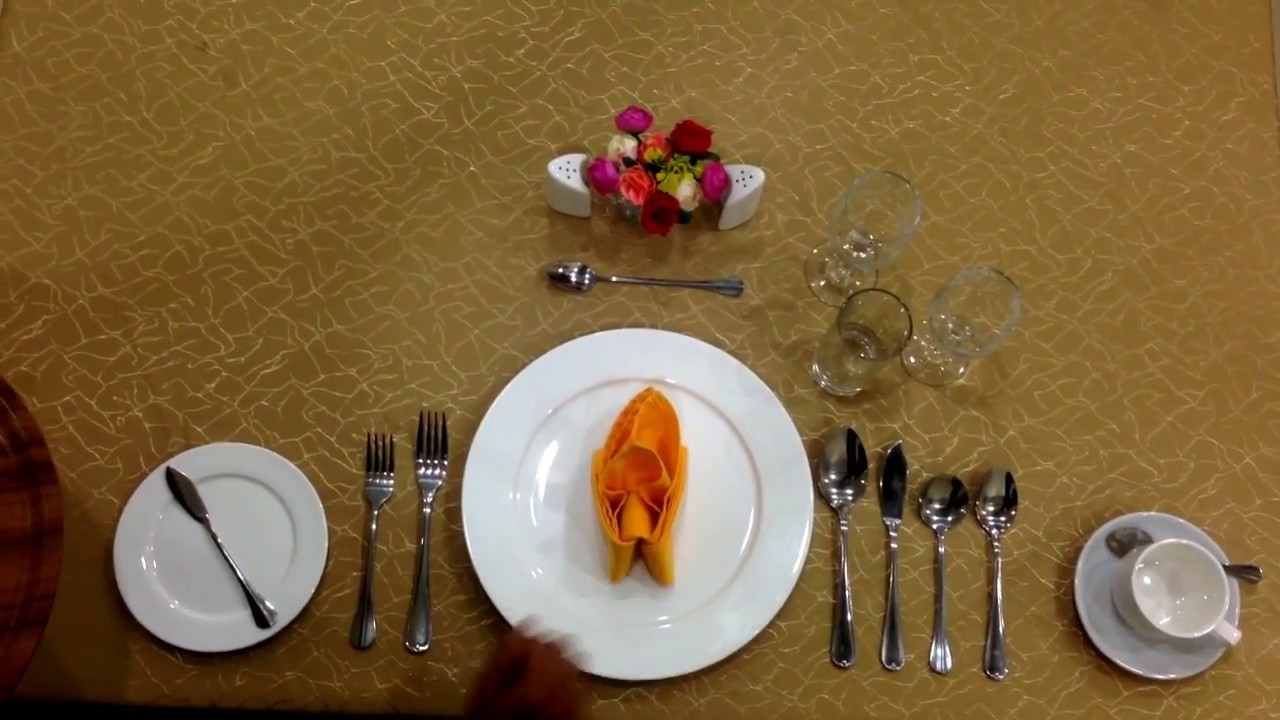
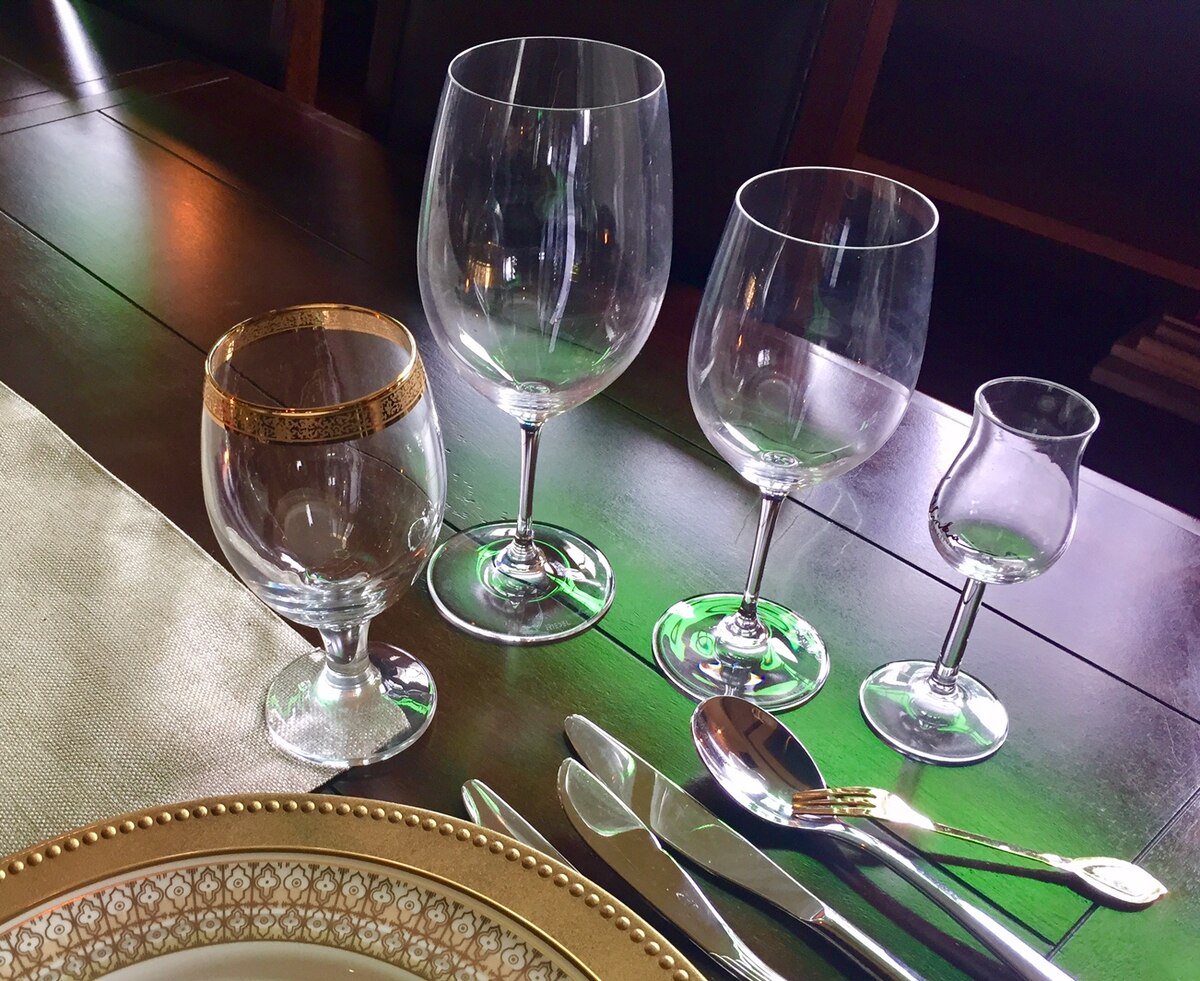
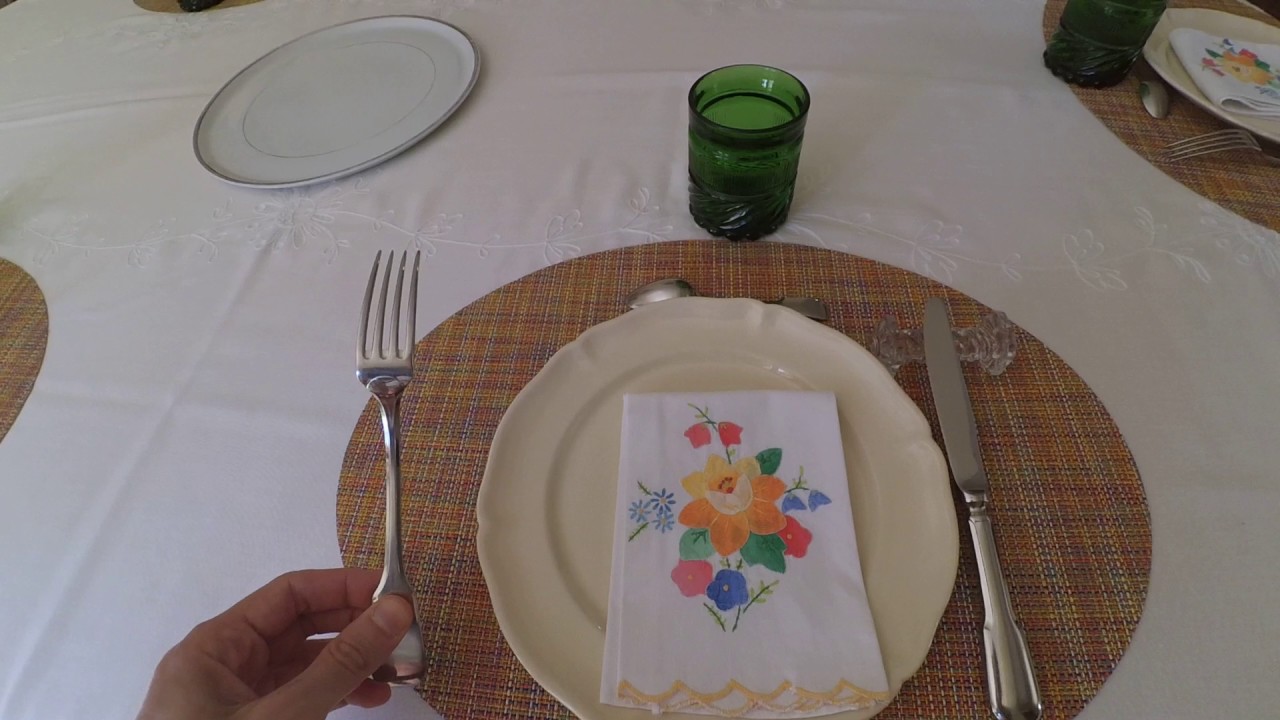
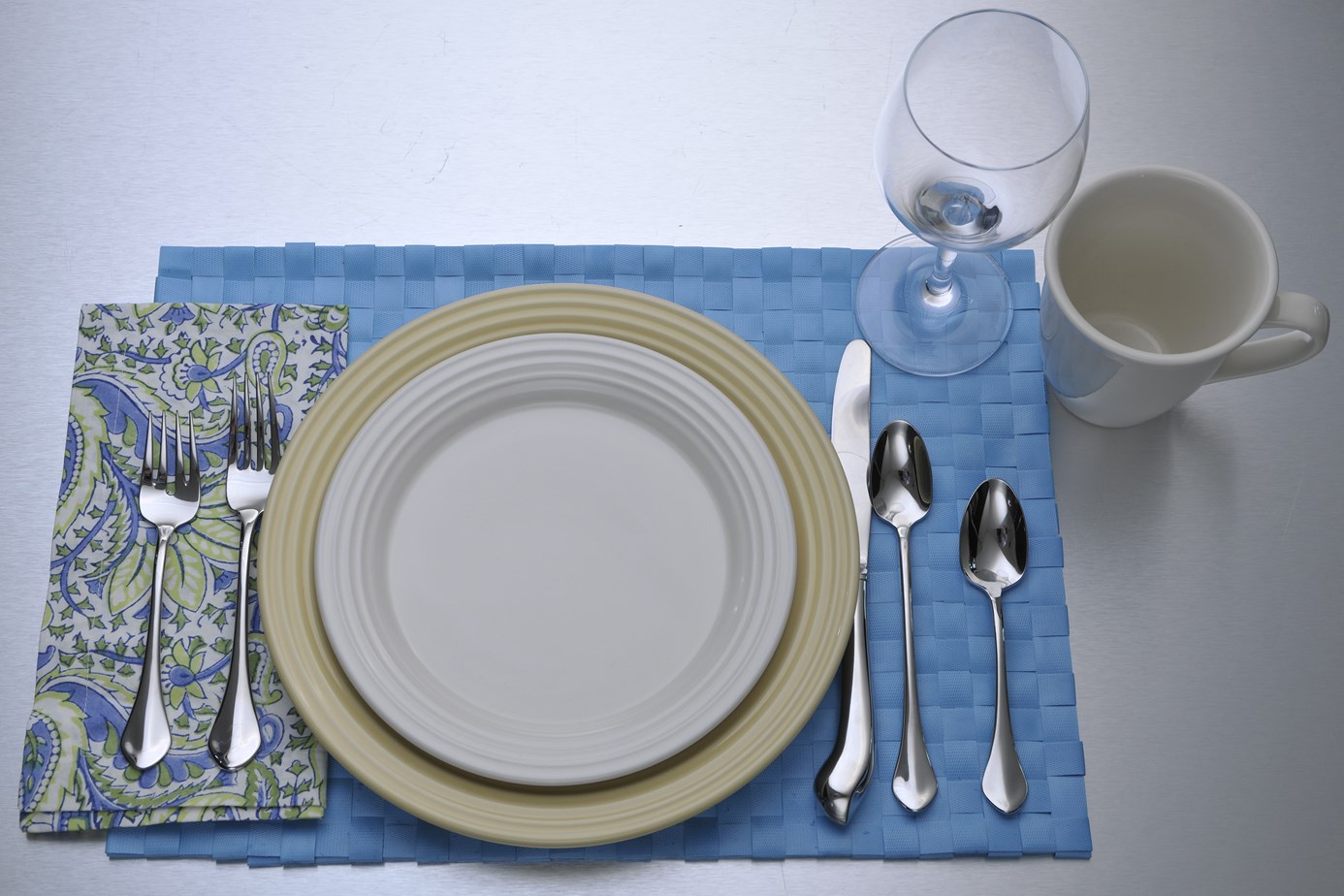
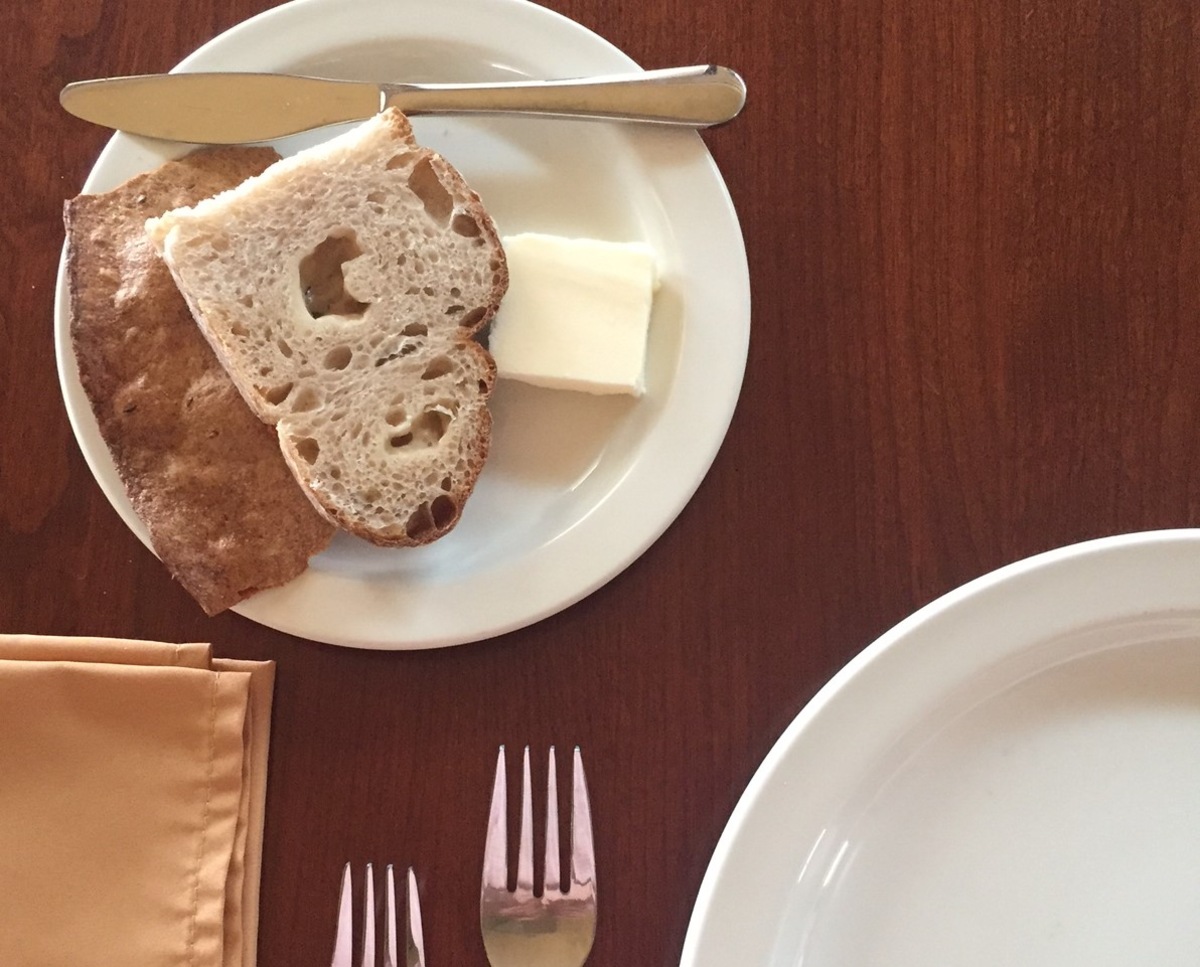
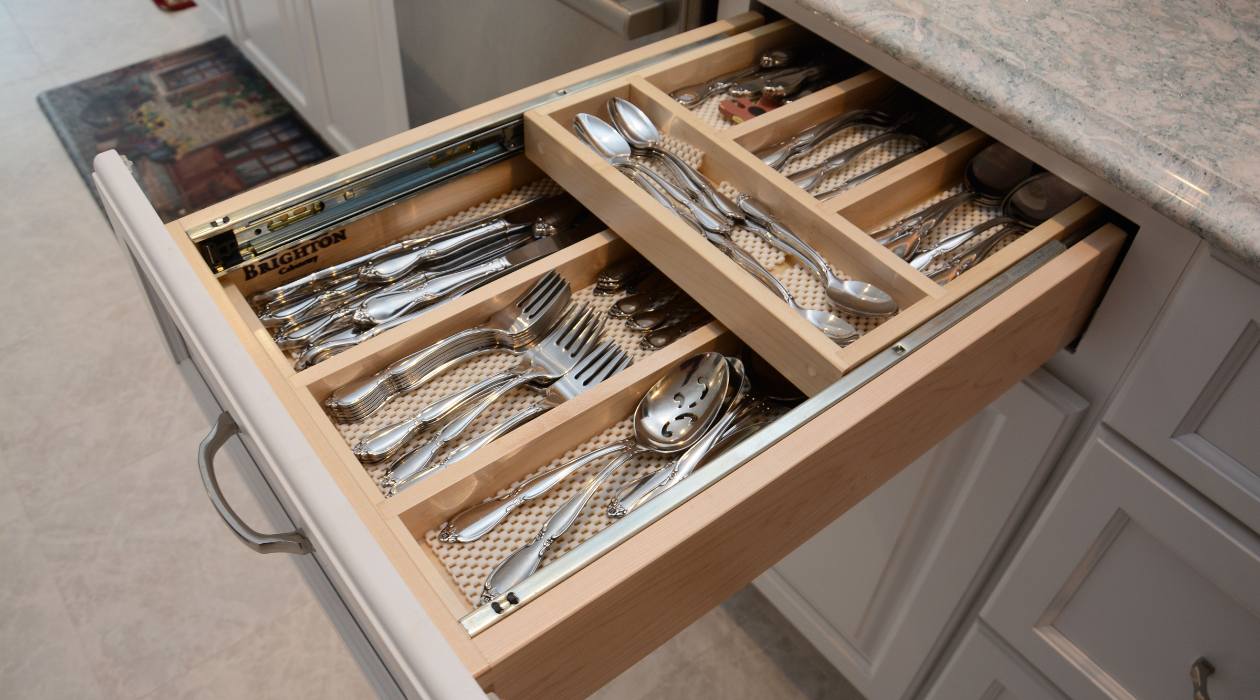
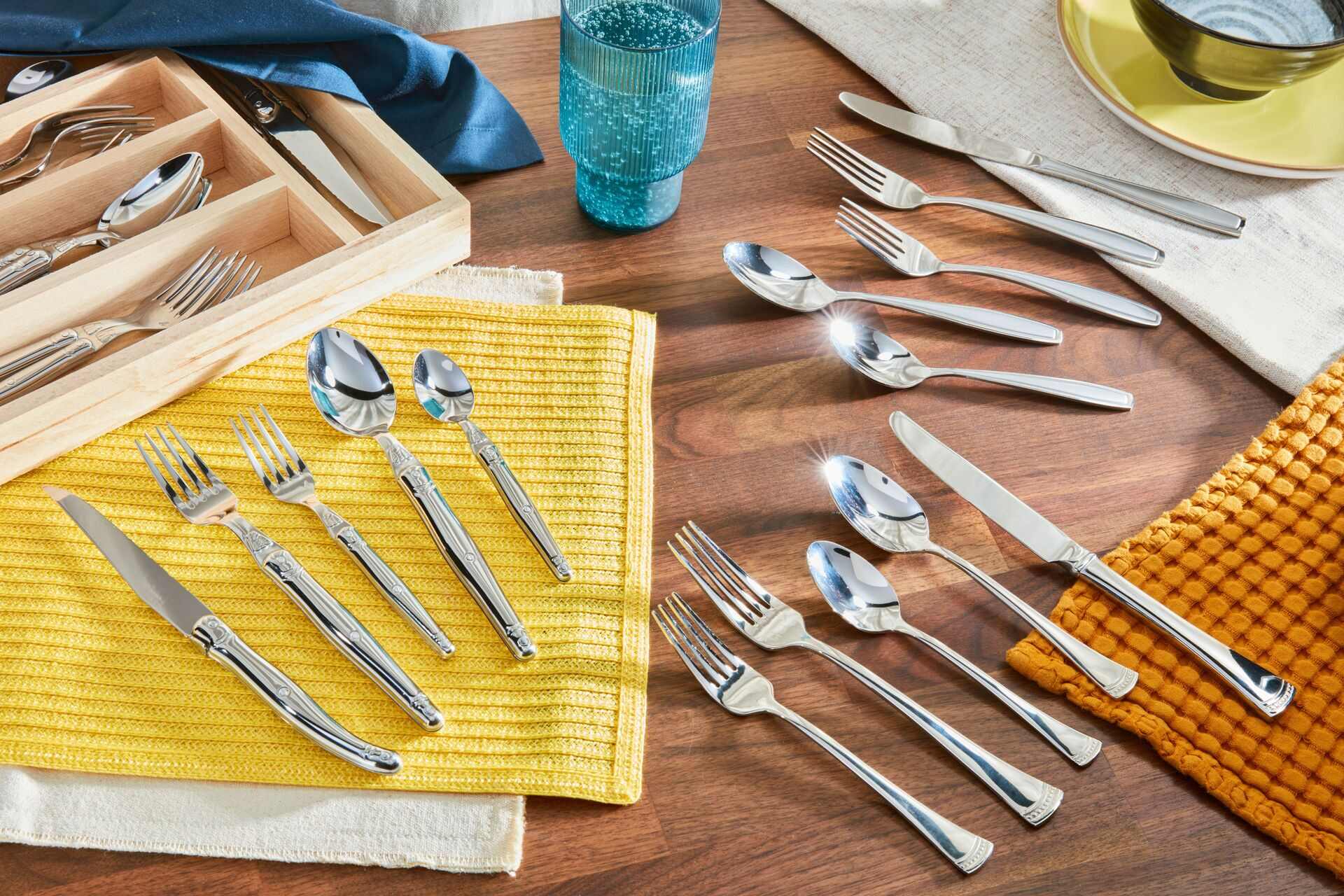
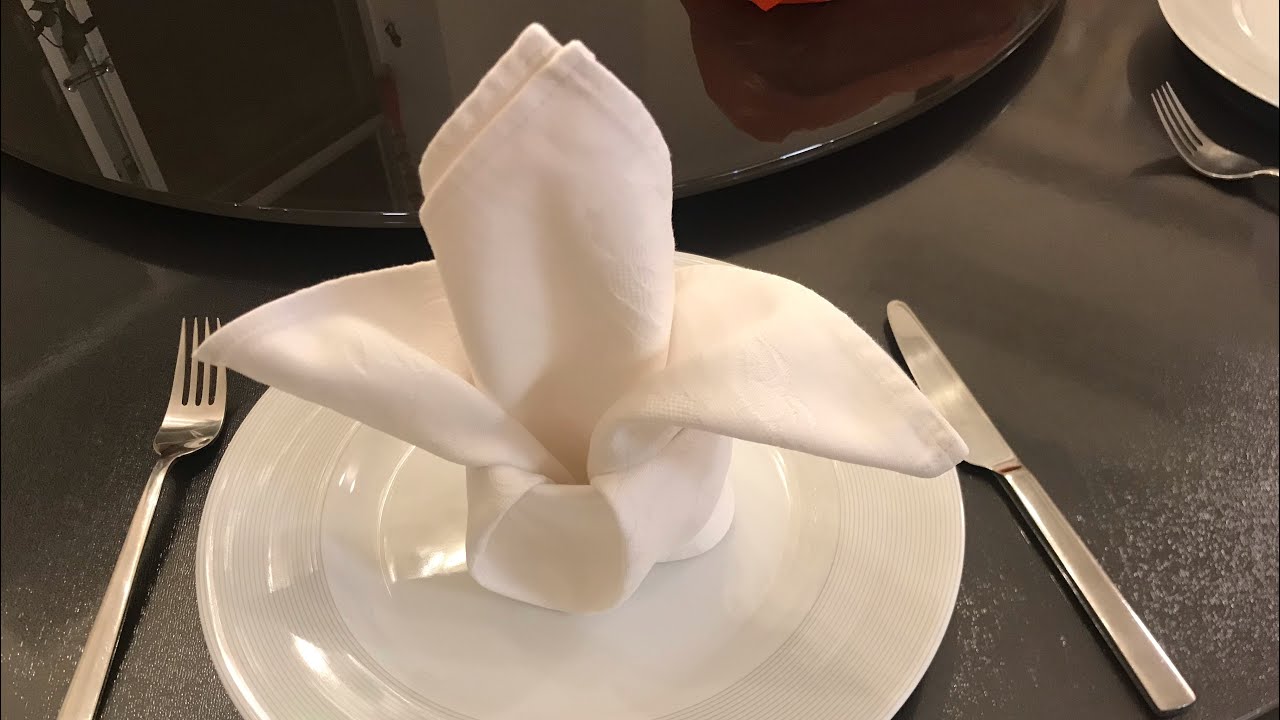
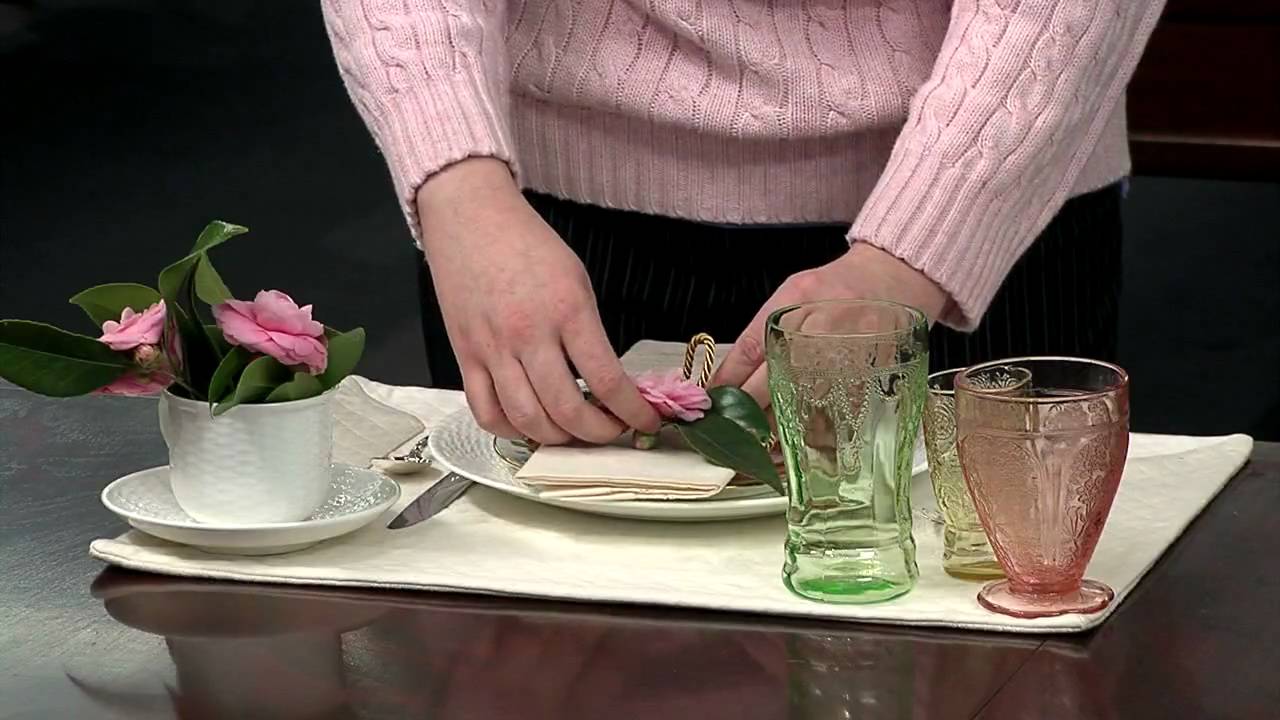
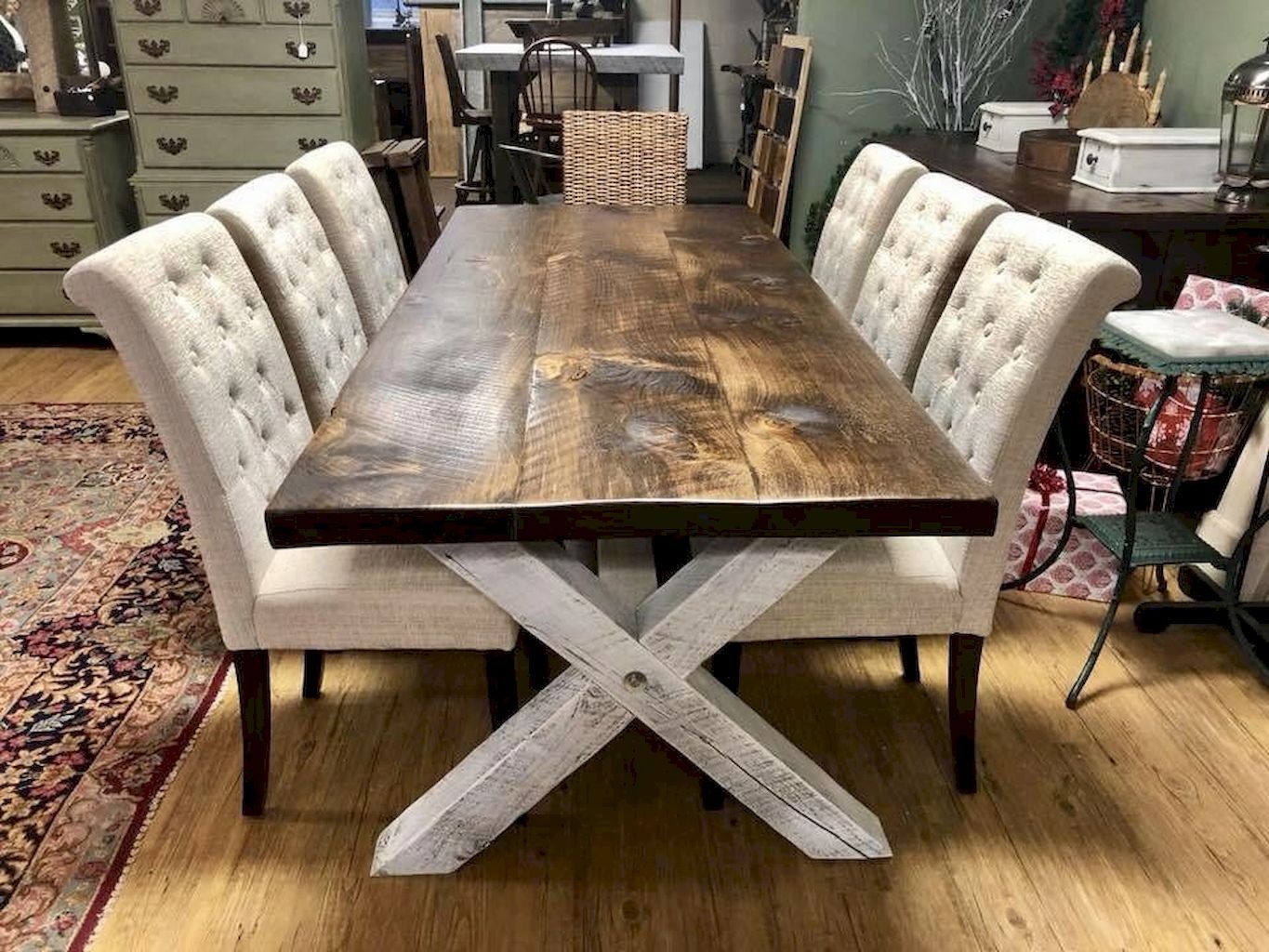


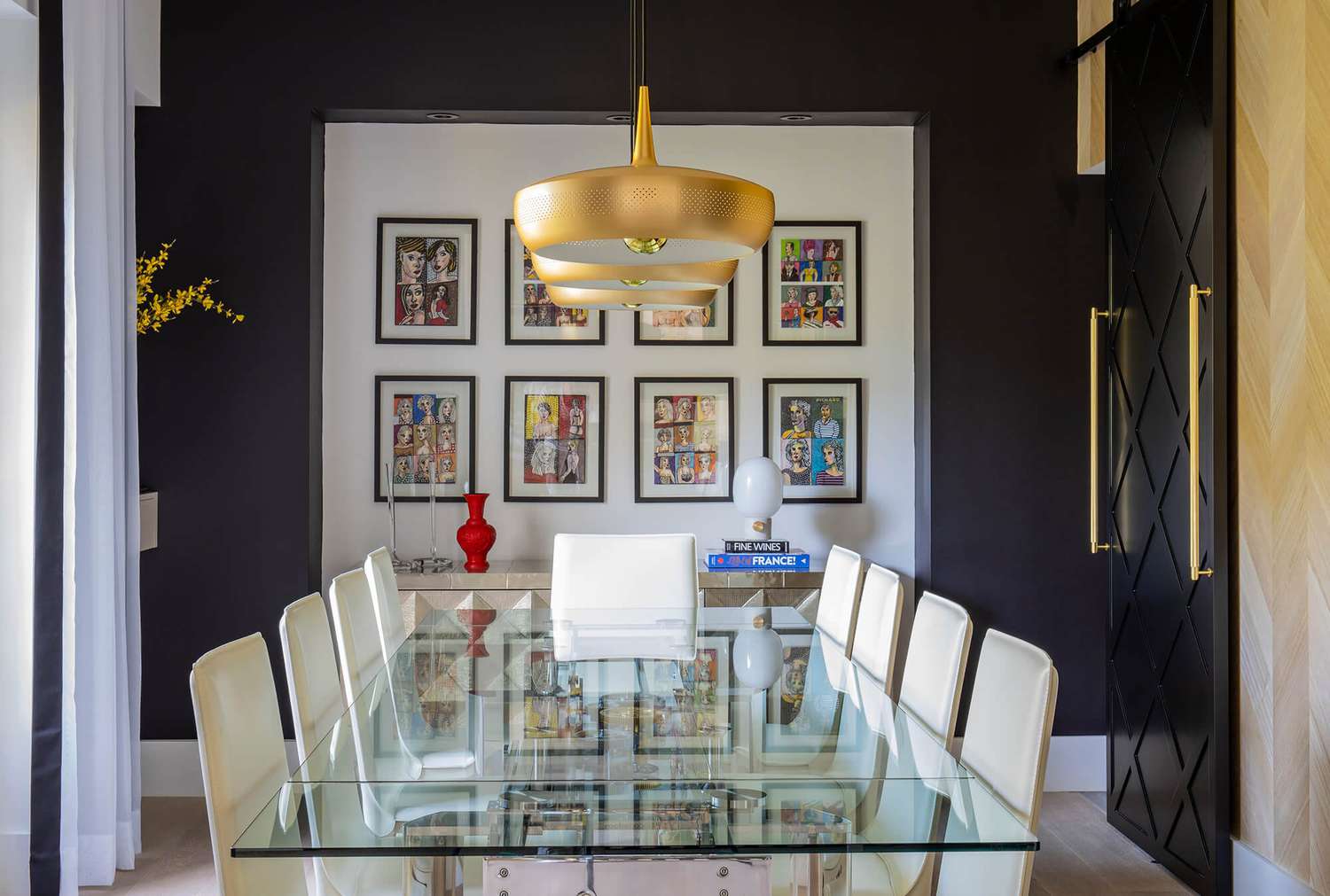
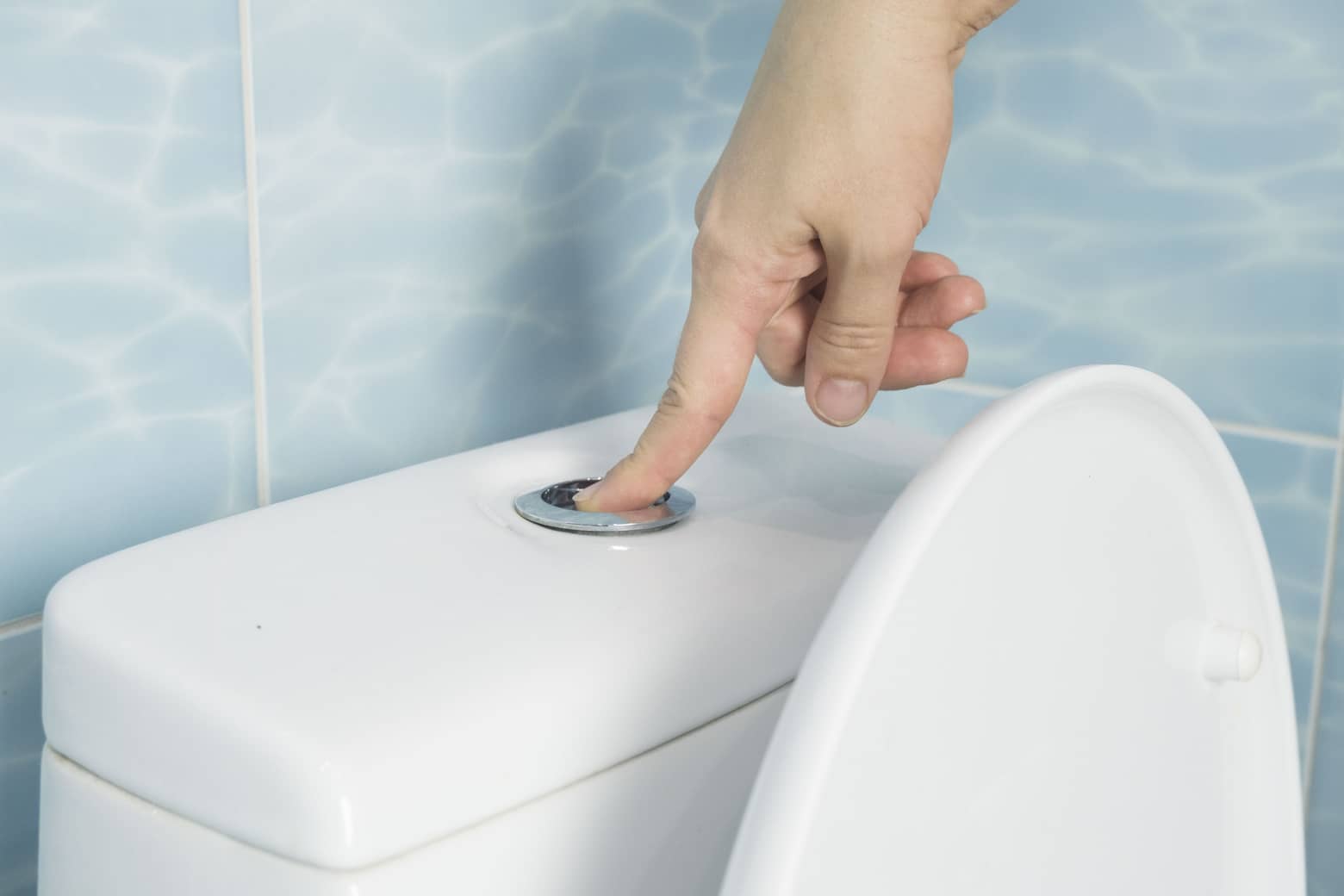

0 thoughts on “Where Does The Spoon Go In A Table Setting?”